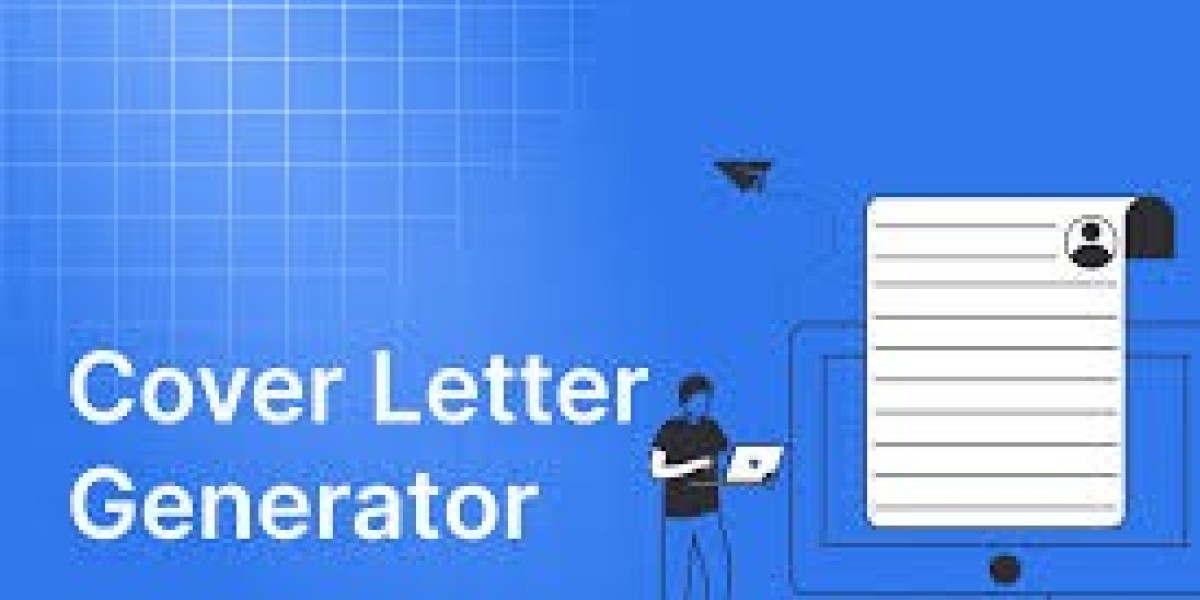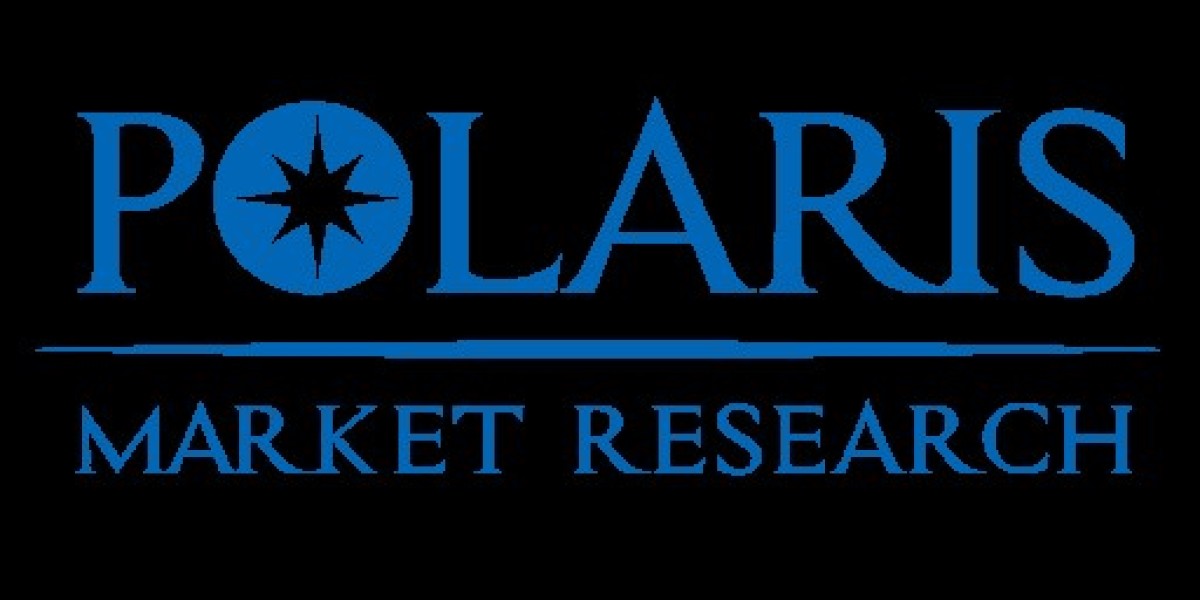In an era of rapid automation and AI adoption, job seekers now have access to tools that promise to write compelling cover letters at the click of a button. From fully automated generators to hybrid platforms that blend human editing with AI suggestions, these solutions claim to save time, improve quality, and boost interview callbacks. But how do AI-powered cover letters stack up against those written entirely by humans? This article dives into the strengths and limitations of each approach—and offers guidance on when and how to leverage AI without sacrificing authenticity.
What Is an AI-Powered Cover Letter?
An AI-powered cover letter is generated—or at least drafted—by software that uses natural language processing (NLP) and machine learning models (often based on GPT-style architectures). You typically provide:
Your resume or key details about your background
The job title and description
Optional tone preferences (formal, friendly, assertive)
The tool then analyzes the inputs and produces a tailored letter, optimized for structure, keyword usage, and readability. Popular platforms include Cover Letter Copilot, Rezi, and Jobscan, each offering varying levels of customization and AI sophistication.
Benefits of AI-Powered Cover Letters
1. Speed and Efficiency
Instant drafts: Where writing from scratch can take an hour or more, AI can produce a full letter in seconds.
Bulk customization: Quickly generate multiple versions tailored to different roles or industries.
2. Data-Driven Optimization
ATS compatibility: Many AI tools embed keywords from the job description to improve applicant tracking system (ATS) performance.
Readability scores: Some platforms provide instant feedback on length, complexity, and engagement metrics.
3. Overcoming Writer’s Block
Structured guidance: AI suggests openings, closings, and phrasing that you can adapt.
Consistency: Ensures you cover all essential sections—introduction, value proposition, and call to action.
4. Accessible for Non-Writers
No writing expertise needed: Ideal for those who struggle to articulate achievements or find the right tone.
Template variety: Offers a range of pre-designed formats suitable for corporate, creative, or technical roles.
Advantages of Human-Written Cover Letters
1. Authentic Voice and Storytelling
Personal anecdotes: Humans can weave genuine experiences and emotion into a narrative.
Cultural nuances: A writer understands industry- or company-specific language and subtleties.
2. Deep Customization
Hyper-targeting: Writers can research a company’s values, mission, and recent news to craft a unique angle.
Strategic emphasis: Highlight exactly the skills and accomplishments most relevant to the role.
3. Creative Flair
Original metaphors and examples: A human can inject creativity, humor, or rhetorical devices that resonate.
Flexibility: Writers can break conventional structure when it serves a purpose.
4. Quality Control
Error detection: Humans are better at catching factual mistakes or context-based inaccuracies.
Ethical considerations: Ensures that no unintended bias or inappropriate phrasing slips in.
Head-to-Head Comparison
| Criterion | AI-Powered Letters | Human-Written Letters |
|---|---|---|
| Turnaround Time | Seconds to minutes | Hours to days |
| Cost | Often free or low-cost subscription | Variable (self-written or professional fee) |
| Personalization | Good for role/keyword matching | Excellent for deep tailoring |
| Tone & Voice | Formulaic, template-driven | Authentic, distinctive |
| ATS Performance | Optimized for keywords | Requires manual optimization |
| Scalability | High—bulk generation possible | Low—time-intensive per letter |
| Creativity | Limited by model training data | High—unbounded creativity |
| Error Risk | Sometimes misinterprets input | Lower, with careful proofreading |
When to Use AI-Powered Cover Letters
High-Volume Applications: When you’re applying to many similar roles and need a solid baseline quickly.
Tight Deadlines: If you have little time to draft from scratch.
Overcoming Writer’s Block: When you’re unsure how to start or structure your letter.
ATS-Focused Roles: Positions in large corporations where automated filters are strict.
When to Opt for Human Writing (or Hybrid)
Senior or Creative Roles: Jobs that demand storytelling, creativity, or leadership narratives.
Highly Specialized Positions: Roles requiring deep industry knowledge or technical nuance.
Company Culture Fit: When you want to reference a company’s mission, recent projects, or leadership.
Brand-Critical Applications: Situations where a misstep in tone or accuracy could harm your candidacy.
Best Practices: Blending AI with Human Insight
For many job seekers, the optimal strategy is a hybrid approach:
Generate a First Draft with AI: Use an AI tool to create a strong, structured draft.
Inject Your Voice: Rewrite key sentences to reflect your authentic experiences and tone.
Deepen the Customization: Research the company and add one or two bespoke paragraphs.
Perform a Manual ATS Check: Ensure keywords are seamlessly integrated without keyword stuffing.
Proofread and Polish: Verify factual details, correct any misinterpretations, and tighten language.
This method leverages AI’s speed and data-driven advantages while preserving the personal touch that resonates with human recruiters.
Conclusion
AI-powered cover letter generators offer significant benefits in terms of efficiency, structure, and ATS optimization. However, they can fall short when it comes to authenticity, deep customization, and creative storytelling. By combining the strengths of both approaches—using AI for your first draft and then refining it with human insight—you can create cover letters that are both highly optimized and distinctively you.
In 2025, the smartest job seekers will be those who harness AI as a powerful assistant, not a replacement for their own voice.



![Cloud Computing Market Size, Share, Trends, Growth | Forecast [2035]](https://snapfier.s3.amazonaws.com/upload/photos/2025/05/3Yv4pPRMJuViVBqN6eDW_27_4f699728d6da387ce51b4f8b09b0b891_image.jpg)





